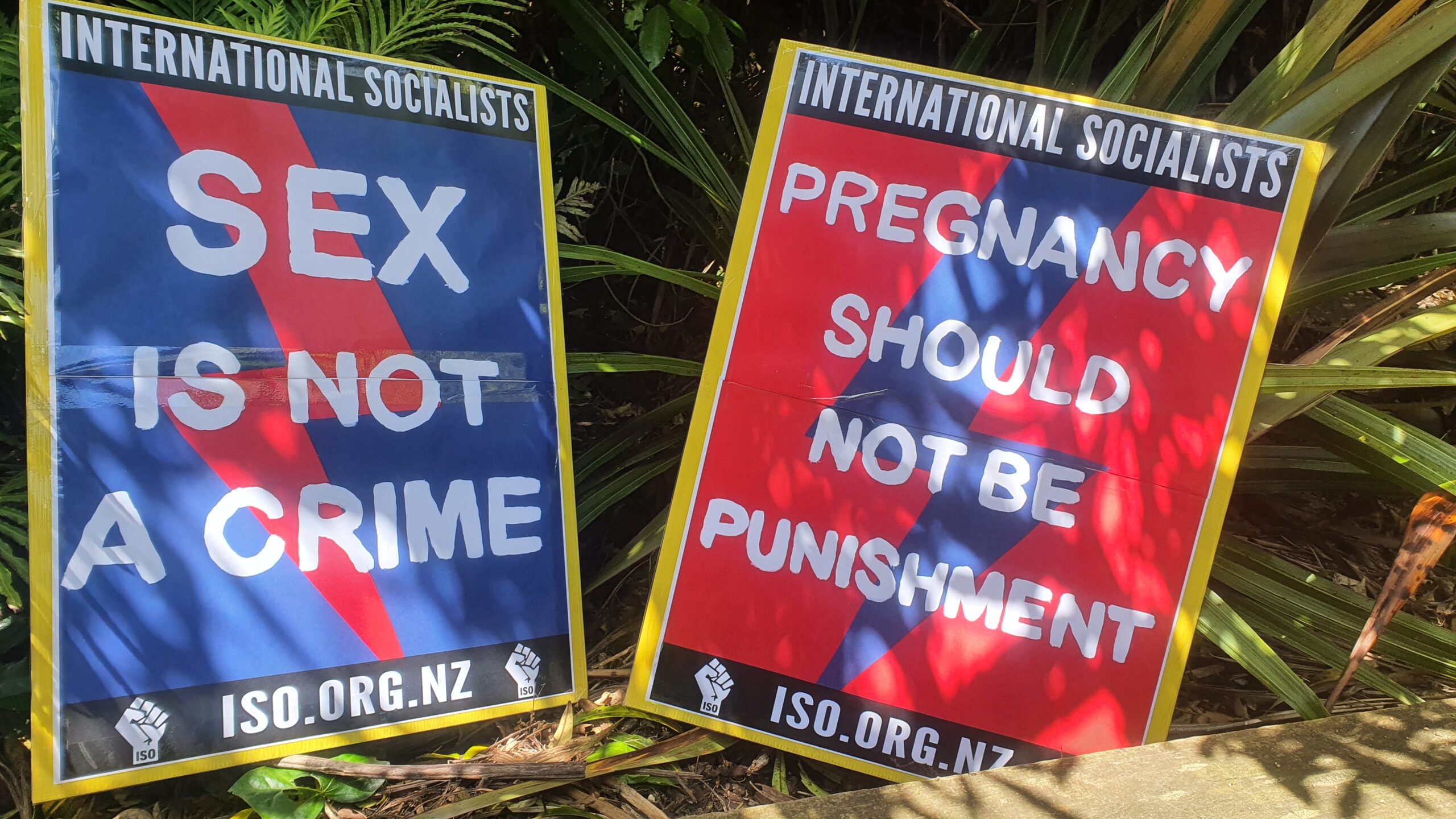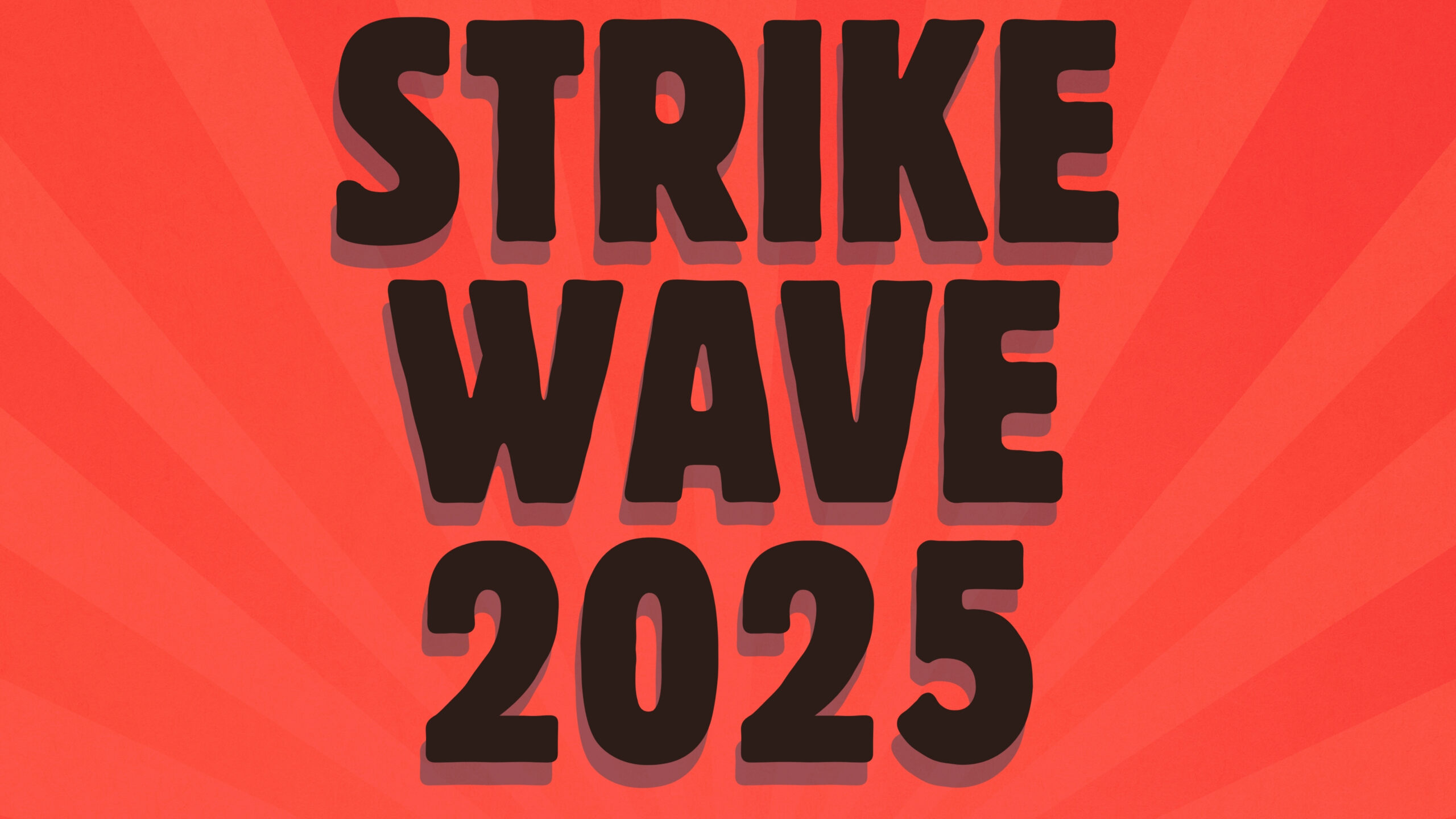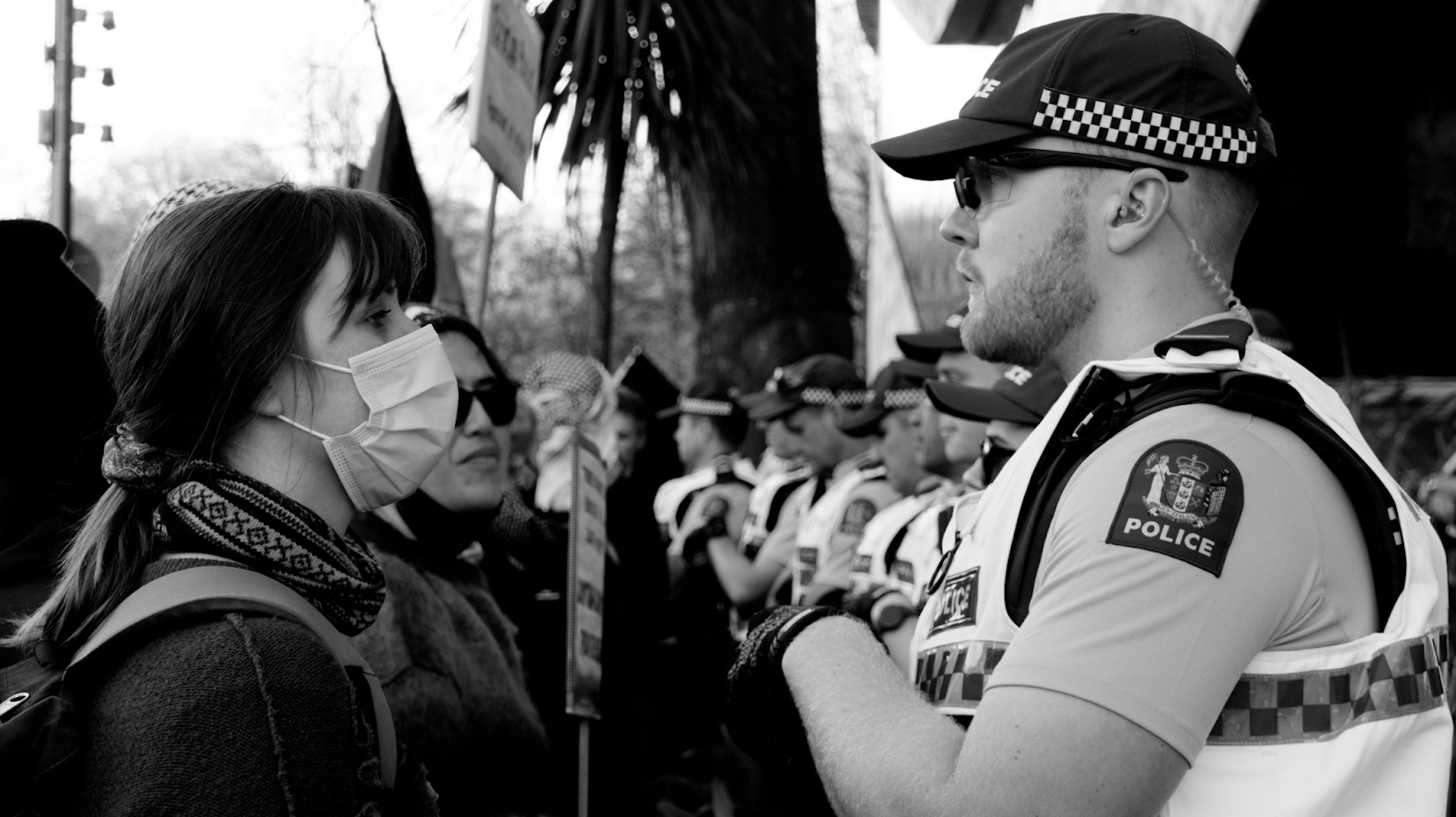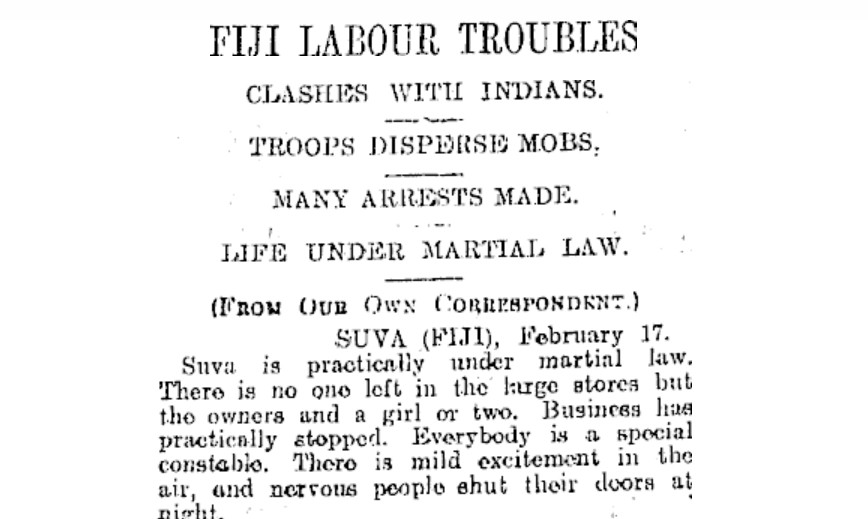Women face a contradiction. While equal pay for women and men working for the government became the law in 1960, it wasn’t until the Equal Pay Act passed in 1972 that equal pay between the sexes across the board became legal. The Domestic Purposes Benefit, providing state support to single parents, was introduced in 1973.
Yet, four decades later, women are still paid less than men. Women’s hourly earnings are on average 12 to 15% less than men. The weekly gender pay gap is much greater because women are more likely to be in casual and part time work. Women’s average weekly pay is $879 and men’s is $1059 – a gender pay gap of 17%. The annual gender earnings gap is much wider, and this gap is widening according to Statistics NZ calculations. The recession and the earthquakes in Christchurch have all hurt women significantly more.
The Human Rights Commission wrote in their report New Zealand Census of Women’s Participation last year that “New Zealand is making, slow, incremental but unspectacular progress for women in many areas”. What they mean by unspectacular is that 22 government departments have gender pay gaps bigger than the average pay gap in the labour market; 9 government departments have more than 20% gender pay gap; women are still less than 30% of judges, less than 25% of senior academic staff; and less than 20% of top legal partnerships.
I can think of a few other adjectives than “unspectualar” to describe these damning statistics.
The global financial crisis is used as the excuse for the slow progress in equal pay. And when Kristine Bartlett – a member of the Service and Food Workers’ Union – takes on her employers for breaching the Equal Pay Act, she is met with the comments from her boss’s lawyers, that some jobs have always been paid low rates and always would be. But of course, they say, that is not about gender discrimination, simply the market rate that these jobs attracted.
Business New Zealand are more explicit: they argue that a “Pandora’s box” would be opened up if the Court agreed that women in female-intensive low-paid sectors, such as caregiving, were allowed to have their wages adjusted upwards to the level of male workers with the same skills, responsibilities and service.
To give some background for people who do not know the case, Kristine Bartlett recently took her boss TerraNova to court. Bartlett has worked as a caregiver for more than 20 years, and gets paid a paltry $14.32 per hour for her 20 years of service. Her argument is that she is paid less because she is working in a female-dominated industry.
Women’s Liberation Movement
So four decades after women’s liberation burst onto the scene, we are still fighting for equal pay. Of course the programme of women’s liberation went much further than this. Women then were demanding better representation, equality in the workplace and education, contraception and abortion rights.
Things obviously have changed from the 1970s. Women’s right to work is widely accepted. But this is a double-edged sword. With the increasing cost of living, the two income household is largely becoming the norm to sustain a comfortable life. That pressures women to return to work even if they might want to stay home. On the other hand, if they do work, with the government’s cuts, it is virtually impossible for women to work and arrange care for children without it cutting into a large chunk of her income. A mother with two kids under the age of three was explaining to me her calculations about the pros and cons of going back to work fulltime: after paying the childcare for two children, she would have $50 to $100 in the hand. It simply wasn’t worth it.
With all the difficulties that women still face, you might be asking what did women’s liberation achieve and was it worth it?
Absolutely, yes!
We just need to look at the recent past, to see how much things have changed. So much of what we take for granted today like being able to continue working after pregnancy, access to maternity leave or pay, contraception, and access to abortion is precisely because women in the 1960s and 1970s stood up and made a fuss. They protested, marched, wrote leaflets, attended meetings, and raised hell. That’s how much it took. Women’s Liberation occupied public bars that did not allow women customers; they marched in the streets demanding abortion rights; they took on the right wing in meetings and public places. The Working Women’s Alliance and the Women’s Unions set up in the middle of the 1970s in Auckland and Wellington stressed class politics, too, putting working women at the centre of all of this.
And it is thanks to the activists of Women’s Liberation that we have the rights that we do today. Women’s labour participation rate increased from 39% to 60% between 1971 and 2001. Before the women’s liberation movement, a woman’s property and money belonged to her husband if she was in a relationship, and it was difficult for women to divorce their husbands, even if the marriage was violent. Rape in a marriage was not a crime as late as 1985. And there were no refuges where women could escape a violent relationship until the 1980s.
So on the one hand, we have won significant gains, but on the other women still remain oppressed. Like all social movements, it took militant and determined political actions to force reforms from the system. Without the movement, women’s rights would be even fewer today.
Even though we can win reforms, while capitalism continues to exist, there will continue to be women’s oppression. As Sandra Bloodworth puts it,
“capitalism is a dynamic, changing society and is able to absord all manner of protests. Many of the demands of women’s liberation movement fitted with the needs of the developed world, as employers and governments drew in millions of women to cope with labour shoratges caused by the massive boom.
However, the fundamentals of the system did not change. Social relations still rested on exploitation and oppression. The driving force of society remained competition for profits for the minority who make up the capitalist class, rather than human need.
So while women’s increased participation in the paid workforce was actually encouraged, it had to be on the terms of capitalism. Employers and governments are not interested in ensuring women work in an environment that fits with their need to breast feed their child, or of families struggling to find the time for long hours on the job and still carry the responsibilities in the home. Women’s oppression plays a vital role in maintaining the system and the power of those who rule. This minority have a real material interest in perpetuating sexism.
That is why ultimately we will need a revolution to completely overthrow capitalism and build a new society in order to end women’s oppression. In a society based on collective and democratic control of all wealth so that human need can be the basis for social decisions, it would be possible to organise work and the socialisation and care of children on the basis of people’s needs. There would not be any social group who could benefit from women’s oppression. Then women’s liberation will be possible.”
Marx, the family and capitalism
The Marxist tradition of socialism from below has fought for the liberation of women from its very beginnings. Women’s liberation is not a supplementary aspect of socialism; it is at the heart of the socialist project. The Communist Manifesto denounces ruling class oppression of women: “The bourgeois sees in his wife a mere instrument of production…He has not even a suspicion that the real point aimed at [by communists] is to do away with the status of women as mere instruments of production.”
Engels’ famous book The Origin of the Family, Private Property and the State, examines the rise of women’s oppression as a product of the rise of class society and of the nuclear family. Even though much of the evidence of preclass societies that Engels’ book was based on is now out of date, it remains pathbreaking as a contribution to understanding women’s oppression. (There is a lot of debate on the place of Engels’ book today; see Nancy Lindisfarne and Jonathan Neale’s recent article on gender and oppression for one critical view).
Whatever the status of Engels’ anthropology, his political outlook remains essential. As Sharon Smith puts it,
“Engels details the personal aspects of women’s oppression inside the family, including the extreme degradation suffered by women at the hands of their husbands, with a degree of inequality that had been unknown in pre-class societies. Engels called the rise of the nuclear family “the world historic defeat of the female sex.”
When Engels and Marx were writing about the nuclear family as we know it today, it was largely one that was restricted to upper class and middle class families. The Victorian stereotype of the “angel in the home”, was restricted to women with property. For the working class, who did not marry for property, Marx and Engels thought that the family would be seen for the naked economic exchange that it was for the upper classes. They were wrong on this account.
The family as an institution has continued to be crucial in upholding and justifying this society.
Why is this?
Marx locates domestic labour in the home and connects it to capitalist production. Domestic labour, whatever the changes in the last decades, is still done primarily by women. Women’s work in the home is the reproduction of labour power for capitalism inside the privatised family. Unpaid labour – cooking and cleaning, and the emotional labour of raising children and caring for other family members – takes its form because of how it connects to the needs of production.
Australian socialist Diane Fieldes explains,
“The sexist stereotypes that blight women’s lives are rooted in the family. But far from the purpose of the family being for women to serve men, it is the place where the next generation of workers is cared for, socialised, nursed, fed and clothed in the home at little cost to the capitalist class. The existing generation of workers of both sexes are refreshed, their needs both material and emotional replenished, so that they are fit to continue to work.”
“This reproduction of labour power is essential for capitalism. Keeping the cost to a minimum is vital; the bigger the burden the capitalists can force onto the family in the form of unpaid labour, the smaller the drain they have to contribute from profits. In 2009, Statistics New Zealand calculated that unpaid work accounted for$39,637 million, equivalent to 39 percent of gross domestic product (GDP). This is a massive saving for the capitalist class. And not surprisingly, women do 64% of this unpaid work.”
The face of the family has changed dramatically over the past decades. During the 1950s and 60s, the nuclear family (mum, dad, and kids) was the norm. But now, women are less likely to marry, have fewer children, and have them later in life (the median age today for women at the birth of their first child was 28 in 2006, the most recent statistics available for New Zealand). The availability of contraception means women have more control over their fertility, and technical advances mean housework is less physically demanding housework than it was in the past. “The key demand on women’s time in the household,” Fieldes argues, “remains their role as mothers.” Statistics New Zealand’s Time Use Survey 2009/10 shows that women spent an average of 4 hours and 20 minutes a day on unpaid work, double the average amount men spent on unpaid work. But if you combine the paid and unpaid work, men and women spent a similar amount of time.
Work and Struggle
For women, Fieldes continues, “involvement in paid work opens up possibilities of collective struggle to women workers. Being part of the paid workforce makes it possible to breakdown some of the divisions within the working class.”
According to the Human Rights Commission’s report, in Aotearoa today, the “typical trade union member in New Zealand is a female working in the state sector. The three largest unions: Public Service Assocation; New Zealand Education Institute; New Zealand Nurses Organisation have a high percentage of women members at 69%; 88% and 93% respectively. These unions comprise over 50% of the New Zealand Council of Trade Unions.”
This is important.
Far from the stereotypical image of unionists as male, a ‘typical’ trade unionist nowadays is female. Women account for 57% of union membership. That’s tens of thousands of women – the union movement is by far the biggest women’s movement in New Zealand today. While levels of industrial action remain historically low, it is still not the case that what militancy there is resides in stereotypically “male” unions. And even these industries are changing, with growing participation by women. Women were at the forefront of the battle against Talleys AFFCO’s lockout of Meatworkers’ Union members in 2012.
Although the socialist case does not reduce women’s oppression to the question of class – ruling class women can be the target of sexism too – we do put class at the heart of our strategy for change. And it’s here that women’s leadership matters. With women a majority of union membership, and with the largest unions predominantly female, we need to learn to un-think old assumptions. Class politics are the politics of women’s liberation, not something separate from them. Women workers – from the Meatworkers’ Union to the primary teachers in the NZEI – are in the vanguard of the contemporary working class.
How can we fight sexism today?
The movements of the 1970s were powerful social struggles. They had a transformative effect both on mass consciousness in general and on working-class consciousness in particular.
Women’s Liberation was not born out of a vacuum. Many of the feminists and socialists, as historian activist Alison McCulloch puts it, “cut their political teeth opposing the Vietnam War, racist rubgy tours, environmental degradation and even rules about mixed flatting”.
The advances of the women’s liberation movement have had a lasting effect. That is exactly why the right wing has spent the last forty years attacking the gains the movement won. McCulloch in her book Fighting to Choose: the Abortion Rights Struggle in New Zealand writes that “the backlash against the Women’s Liberation Movement arrived in New Zealand at about the same time as the Women’s Liberation Movement did.” The backlash against abortion rights activists worked on two fronts: “to discredit the feminist position” and “to discredit the women championing it.”
We are still paying for this backlash. Canadian socialist feminists Meg Luxton and Joan Sangster argue that “the rise of neoliberalism was not only occassioned by capitalist crisis concerning profit but was also a response to the relative successes of the global socialist movement, and the spread of social democratic equality demands at the same time. The late 20th century saw the global defeat of socialism and the left, led by the people and institutions which advanced neoliberalism.”
It wasn’t just the Women’s Liberation Movement that was hurt by this backlash. So too were labour and social democratic organisations. Sharon Smith draws the conclusion:
“So we’re at a point in history when feminism has been under sustained attack for the last 40 odd years with no end in sight. In this context, we need to defend feminism on principle and in struggle, as a defense of women’s liberation and opposition to sexism. What is the definition of feminism? The advocacy of women’s rights on the grounds of political, social and economic equality to men.”
The history of the abortion rights struggle in Aotearoa, just to give one example, offers salient lessons on how feminists and socialists can work together. Alongside feminists, socialists in the Socialist Action League (SAL) were involved in the fight for abortion rights from the very beginning. SAL women formed an important core of Women’s National Abortion Action Campaign in its inception, and were, McCulloch’s history records, “central to the direction Wonaac took” – particularly fighting against a reformist compromise on abortion rights. Of course there were struggles, disagreements and divisions – sometimes very bitter – between different currents in Women’s Liberation, and McCulloch’s book documents some of the battles that went on at the Women’s Conventions in the 1970s. That history would take a whole other article – for now what is worth stressing is that, in struggle and campaigning, socialists have fought for a programme of working-class women’s liberation alongside, and in dialogue with, feminists and others.
When class struggle is low, as is the case currently in Aotearoa, it may not be explicit class issues that get women out on the streets. Slutwalk, the mass protests against rape in India, and the recent victory on abortion rights in Texas are cases in point. This is not to say there isn’t a class dimension to these issues. Even when abortion services were more restrictive than they are now, abortions have always been more readily avaliable for richer women. They could afford private doctors or to fly to Australia where abortion laws were liberalised earlier. We do not know how many women died trying to get rid of unwanted pregnancies or going through with the pregnancy because they had no other option.
Making class central to our analysis does not mean socialists ignore the complexity of reality as we live it. On the contrary, as Sandra Bloodworth argues,
“There is no formula for how struggles will begin. The radical movements of the seventies were underpinned by the contrast between expectations fuelled by the economic boom and the reality of capitalism. Sometimes it is because of bitterness stored up because of oppression, or attacks on living standards by bosses and governments, which is the driving force for the world wide new movement against corporatisation.”
“So socialists are on the lookout for opportunities to win people to the idea that they can win reforms by fighting, rather than relying on politicians or the benevolence of employers or the supposed neutrality of the courts. In that sense, socialists don’t accept that to fight for women’s liberation we always and everywhere have to be involved in so-called “women’s issues”. With women making up more than 50% of the union membership, strikes over wages, or the right to have a union, can very easily lead to gains in consciousness which lessen the sexism women have to endure.”
The importance of struggle
We look to struggle to change the world. Different moments call for different tactics and approaches, but the self-activity of working people needs to be at the centre of our politics. Bloodworth argues,
“The socialist programme for women’s liberation looks to the traditions of collective struggle of the working class. Not that other groups in society do not take up their own demands and lead campaigns. The point is to see that linking these to those of the working class is the way to build a movement capable of uniting millions, and of forcing change. As a class united in struggle, we have the power to defeat those in power, and ultimately, to bring capitalism crashing down and to build a new society based on collectivity out of the ruins.”
But if our confidence continues and we continue to want to fight our rulers, we have to begin to overcome sexism, bringing the oppressed into the struggle by raising their demands. A recent example of how the dynamic of struggle forces confrontations with sexism and reactionary ideas inside the class comes from Turkey. Anti-government protestors who were occupying Gezi park against developers regularly used the slogan: “Erdogan – the Turkish prime minister – is a son of whore.” This was until prostitutes showed solidarity and sheltered protestors in the brothels. Struggle forces people to reexamine their ideas, and fast!
This will involve struggle, against both the sexist nature of the system and, within our own ranks, against sexist and backwards ideas dividing the class. Sandra Bloodworth:
“There is nothing inevitable about the specific demands of women being part of working class struggle.However, the need for unity, for involving as wide a layer of workers as possible to gain the strength to defeat governments and employers opens the way for prejudices to be overcome. That is one important reason for socialists to be organised, and to have ideas about how to win the necessary arguments. Because it is often the intervention of socialists into struggles that encourages these steps to be taken. If they are not taken, nine times out of ten the struggle will fail because of its own divisions.
So the socialist answer to sexism is struggle. And fundamentally, to end capitalism, struggle led by the working class who have the power to stop production and therefore the capitalist system.”
Our tasks
It is going to take a socialist revolution for the full liberation of women. A revolution would not lead automatically – without conscious intervention and human organisation – to women’s liberation. All sorts of residual sexist ideas and pratices would still need to be fought. But the material basis for our oppression – privatised reproduction of labour power in the family, divide-and-rule tactics from the bosses, the system that profits from commodifying and alienating our bodies, relationships, and sexuality, alienation – will be overcome. That opens the chance for lasting women’s – and thus human – liberation. It will be through struggle, within the class and against our class enemies, that we advance this vision. And it will be through struggling against sexist ideas, amongst other reactionary ideas, that our side shapes itself to be able to make that revolution.
To get there we need theory, and we need organisation. We need theory to understand oppression’s origins and dynamics, to understand who has a material interest in women’s ongoing oppression, and who it serves. And we need organisation to argue for these politics, to win people to the socialist programme, to combat reactionary ideas. We do not idealise the working class as it is, but hold out a vision for the working-class movement we want to build. We need a revolutionary socialist party at the heart of this, with women’s liberation a central feature of its revolutionary politics.
Acknowledgements and Further Reading
Thanks to Liz Ross and Sandra Bloodworth for an education in the politics and theory of women’s liberation, in conversations and debates over the last decade. This talk draws heavily from the reasearch and analysis developed by comrades in Socialist Alternative, in particular Sandra Bloodworth’s, Fighting for Women’s Liberation. Diane Fieldes’ “The impact of women’s changing role in the workplace” and Sharon Smith’s “Marxism, Feminism, and Women’s Liberation” were also useful.
My thinking has also been informed by Lise Vogel’s Marxism and the Oppression of Women: Towards a Unitary Theory (Rutgers University Press, 1983). Haymarket Books will bring out a new edition of this very useful book later in the year. The quotes from Joan Sangster and Meg Luxton come from their article “Feminism, Co-Option and the Problems of Amnesia: a Response to Nancy Fraser” in Socialist Register 2013. I am also grateful for comments from Miranda B when I was first developing this article, and for her own contribution. Alison McCulloch’s Fighting To Choose (Victoria University Press, 2013) really is essential reading for anyone interested in the the fight for abortion rights in Aotearoa; I’ve reviewed it here already.
The statistics cited in this article are available from the Human Rights Commission Census of Women’s Participation 2013 Statistics, Statistics New Zealand Focussing on Women, Measuring Unpaid Work in New Zealand 2009, and Time Use Survery 2009/10.
Image credits: these images were first published in Unite News, the Pay Equity Coalition page, and the ALRANZ blog.









